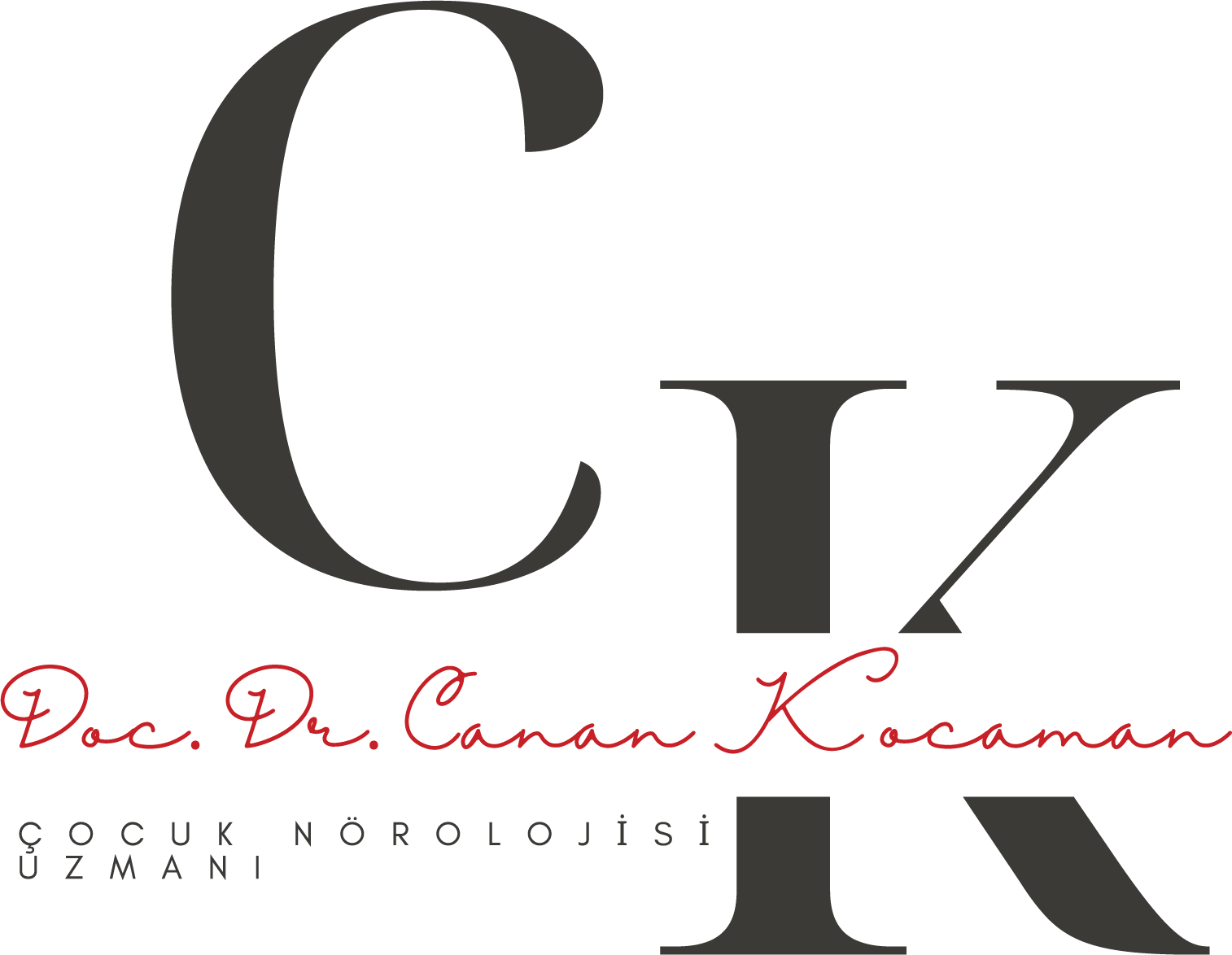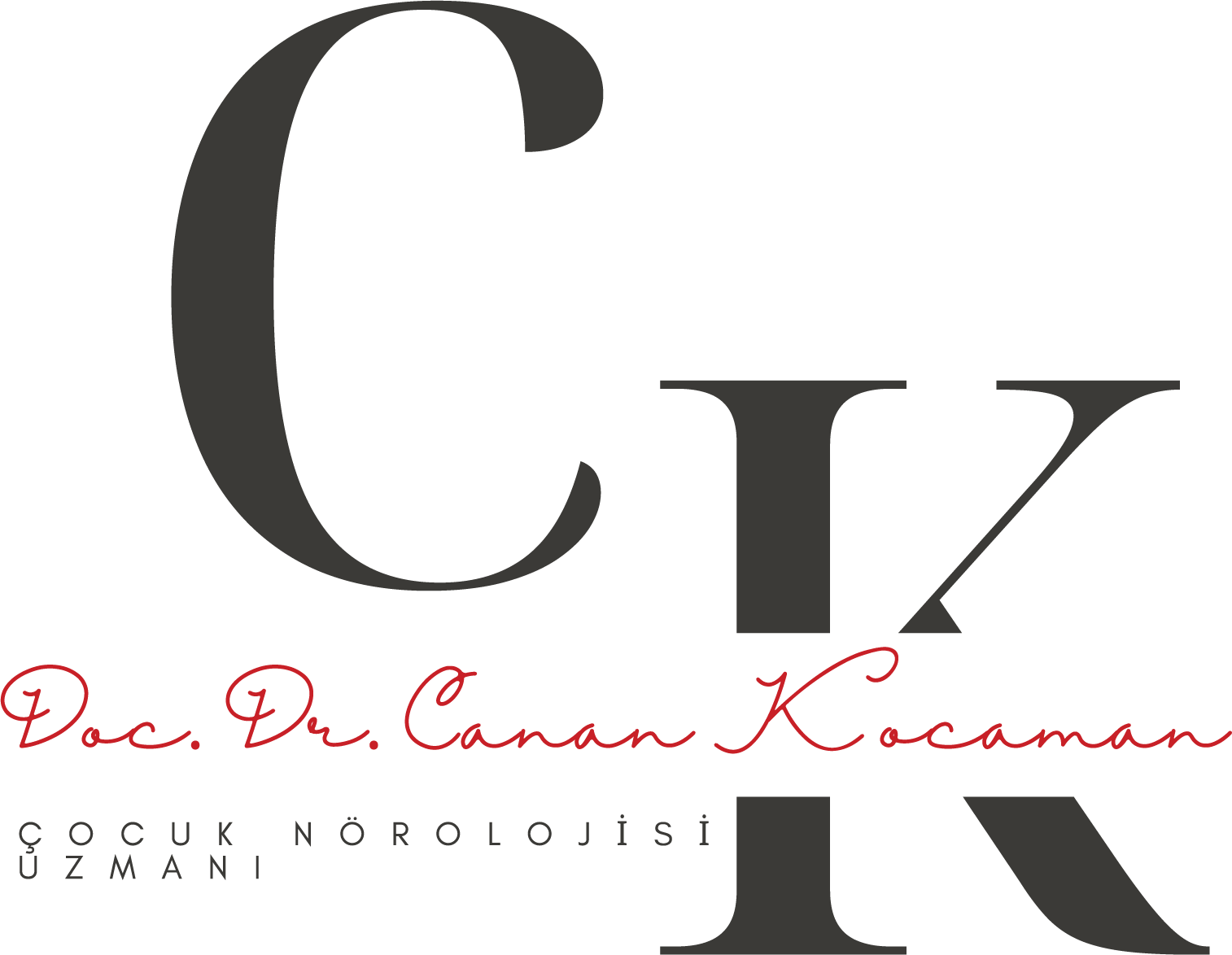Electroencephalography, also known as EEG, is a test to evaluate electrical waves in the brain. In electroencephalography (EEG), an average of 23 small electrodes are placed on the scalp with the help of a gel. With the help of a computer, the electrical activity of the brain is recorded.
It is an auxiliary diagnostic test in the diagnosis of epilepsy, determination of its type and many neurological problems. In a routine EEG recording, methods such as eye opening and closing, deep breathing of the child (hyperventilation HPV), light stimulation (photic stimulation) are applied. The aim here is to activate the epileptic focus or abnormal activity.
In children and infants, EEG can also be performed during sleep. During sleep, the bioelectrical activity in the brain varies and abnormal activities may occur. In some children, an EEG while both asleep and awake can provide a more accurate evaluation.
Pediatric EEG is evaluated and reported by a pediatric neurologist. Evaluation of pediatric EEG by adult neurologists may lead to erroneous interpretations.
For Which Diseases Is EEG Used?
EEG plays an important role in diagnosing brain diseases and following the treatment process after diagnosis. EEG in children; It can be used for epilepsy of unknown cause or epilepsy caused by trauma at birth, cerebrovascular disease, congenital anomaly. Apart from epilepsy, it is also a prominent test in diseases such as encephalitis and clouding of consciousness that impair the function of the brain in children. Coma may occur in children as a result of some diseases, and the brain activities of a comatose child can be monitored with EEG. Whether the brain development of a newborn baby is appropriate according to its week can also be determined by EEG.
Is Preparation Required Before EEG?
No special preparation phase is required before routine vigilance in older children. It is enough for the child's hair to be clean and not to use anything such as gel or spray.
Since it may be difficult to take EEG while awake in children under 5 years of age and in infants, EEG is preferred to be taken during sleep. For EEG in infants, it is recommended to put them to bed later and wake them up earlier than usual on the night of the day you will come to the appointment. Care should be taken not to fall asleep on the way to the hospital.
The baby or child whose sleep EEG will be taken should be in deep sleep during the EEG. For this, the baby should be kept awake and should be in deep sleep for 1 hour during the scan.
A full stomach helps the baby to sleep better.
Clean hair ensures that the EEG is taken without artifacts.



Is EEG Harmful? Does it contain radiation?
EEG is a completely painless and harmless examination method. The procedure does not hurt. Electricity is not given to the patient. Another misconception about EEG is that it reads the thoughts passing through the mind or measures intelligence. EEG is not used for these procedures, but to evaluate brain function.
EEG can be performed at any age. It does not have any radiation effect and does not harm the person.
What are the Types of EEG?
The types of EEG are as follows, which basically perform the same task but have differences in terms of duration and condition.
Routine (Awake) EEG
Sleep EEG
Sleep-Wake EEG
1-3-8 Hour EEG Monitoring
All Night EEG and 24 hour EEG monitoring
During routine filming, there may be different breathing patterns and requests to follow a light. Filming during sleep is often used to diagnose sleep disorders.
How is EEG done in infants?
Since EEG in infants can be difficult, it is usually done during sleep. After the baby is asleep, electrodes are attached to his/her head and the recording is done.
When is the EEG result available?
The results of the EEG should be evaluated by pediatric neurology specialists. For this reason, the results are sent to the family of the child or baby within a few days.
Is epilepsy definite in EEG?
EEG performed during an epileptic seizure is very effective in diagnosing the disease. However, the values can be interpreted as normal in this normal time. It can be investigated whether there is a different brain problem.
Can autism be detected on EEG?
In children with Autism Spectrum Disorder, subclinical discharge findings can be detected on EEG. Therefore, sleep EEG examination is required in children with this problem. This possibility is between 20-30%. Again, in children with attention deficit, hyperactivity disorder, speech delay and tic problems, it should be investigated whether there is an underlying neurological cause with EEG examination.
How is EEG performed for epilepsy?
The EEG to be taken for the evaluation of epilepsy should be both awake and asleep. In this way, a more accurate result can be obtained.




